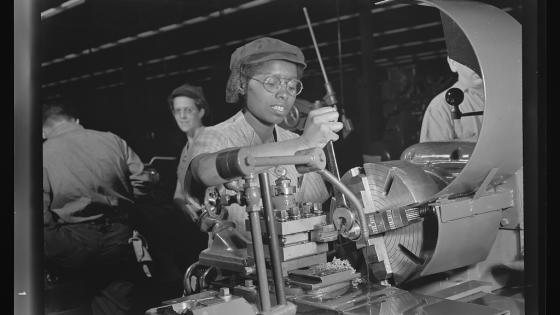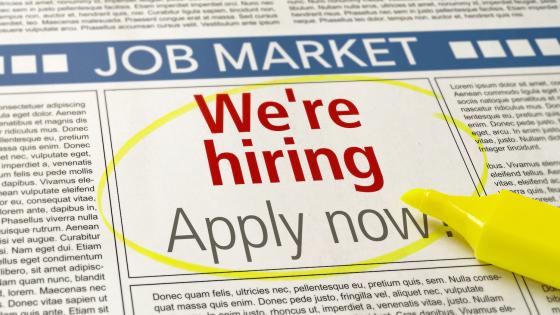DP2410 Hiring And Firing Costs, Adverse Selection And The Persistence Of Unemployment
In this paper, we present a matching model with adverse selection that explains why flows into and out of unemployment are much lower in Europe compared to North America, while employment-to-employment flows are similar in the two continents. In the model, firms use discretion in terms of whom to fire and, thus, low quality workers are more likely to be dismissed than high quality workers. Moreover, as hiring and firing costs increase, firms find it more costly to hire a bad worker and, thus, they prefer to hire out of the pool of employed job seekers rather than out of the pool of the unemployed, who are more likely to turn out to be 'lemons'. We use microdata for Spain and the US and find that the ratio of the job finding probability of the unemployed to the job finding probability of employed job seekers was smaller in Spain than in the US. Furthermore, using US data, we find that the discrimination against the unemployed increased over the 1980's in those states that raised firing costs by introducing exceptions to the employment-at-will doctrine.


